11 Unique Cultural Celebrations Happening This Fall
Fall is the perfect time to experience vibrant cultural celebrations around the world. From colorful lantern festivals in Asia to traditional harvest feasts in Europe, this season offers a unique opportunity to explore diverse customs and traditions. Whether you’re attending lively parades, enjoying seasonal foods, or witnessing ancient rituals, these events bring communities together and showcase rich cultural heritage.
This post may contain affiliate links, which helps keep this content free. Please read our disclosure for more info.
Mid‑Autumn Festival (East Asia)
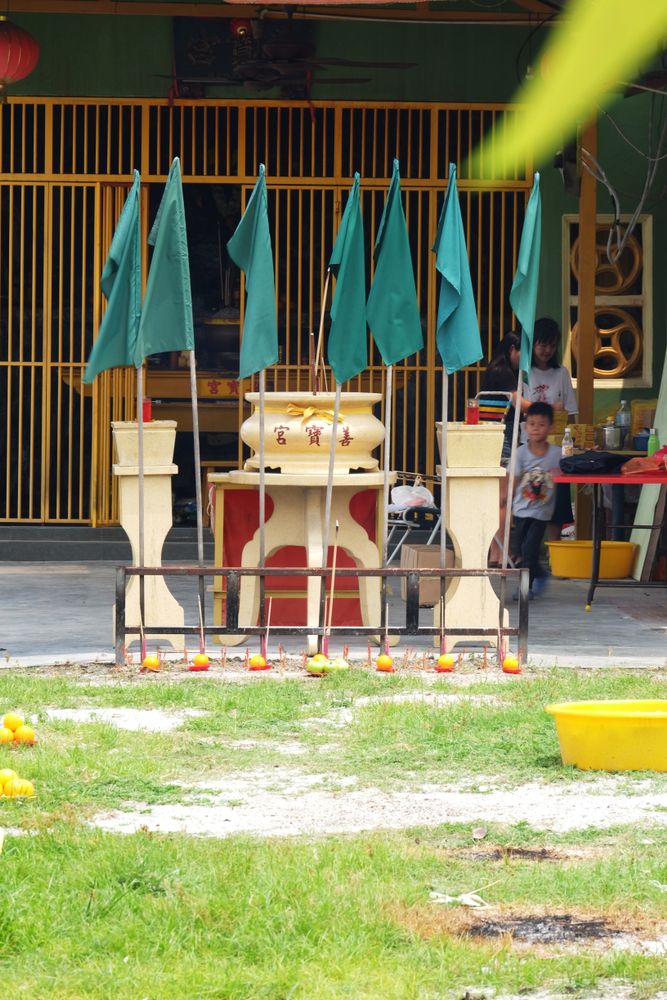
The Mid‑Autumn Festival, celebrated in countries like China, Vietnam, and Korea, is one of the most significant cultural events in East Asia. This festival usually takes place in mid‑September to early October, aligning with the full moon, which symbolizes abundance, unity, and family. Traditionally, families gather to share meals, admire the moon, and partake in mooncakes, a special pastry filled with various fillings like red bean paste, lotus seed paste, or salted egg yolk. The beauty of the full moon is central to the celebration, as it represents the perfect balance between light and darkness, reminding participants of harmony and the completion of the harvest.
This festival is not just about the moon; it also marks a moment to honor the ancestors and show gratitude for the year’s harvest. It’s a time when families reunite, sometimes traveling long distances, to spend quality time together. The act of sharing mooncakes and lighting lanterns further symbolizes the reunion of loved ones and the appreciation of nature’s generosity. The harvest season is at its peak, and the Mid‑Autumn Festival’s roots in agriculture make it a celebration of both family ties and the earth’s abundance.
Chuseok (South Korea)
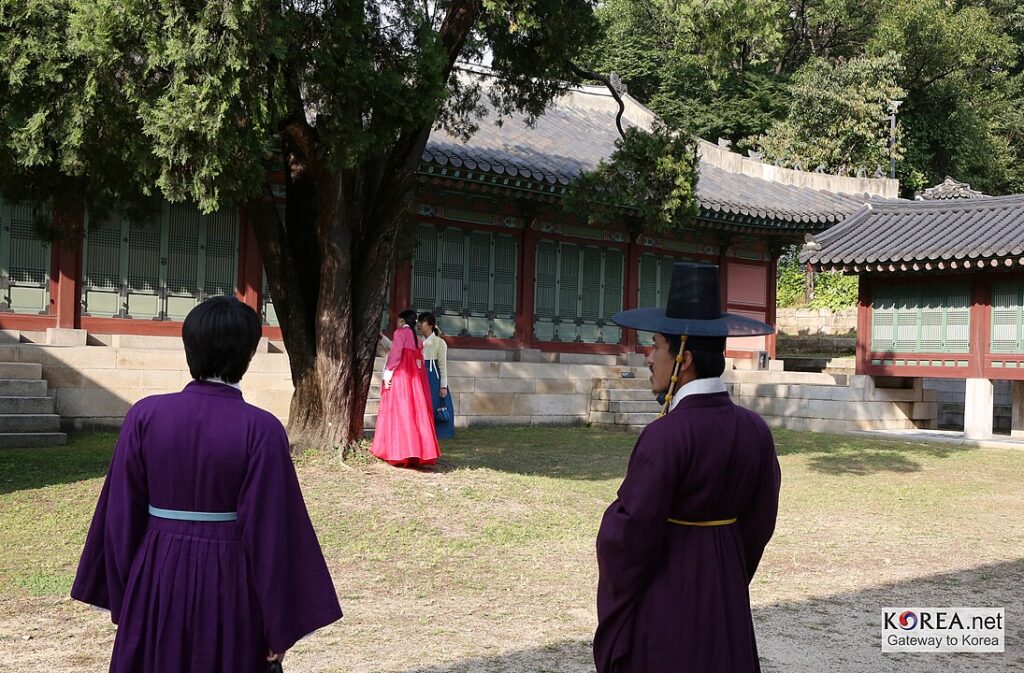
Chuseok, often referred to as the Korean Harvest Festival, is celebrated in South Korea every fall. It takes place on the 15th day of the 8th lunar month, typically in late September or early October, and is a time for family reunions and honoring ancestors. Families gather to pay respects at ancestral graves in a ceremony called charye, offering food, including traditional dishes like songpyeon (rice cakes) and jeon (savory pancakes), in gratitude for the harvest. The festival also includes fun activities like folk games, dancing, and enjoying special seasonal foods, bringing the community together to celebrate the richness of the land.
The timing of Chuseok is especially important, as it comes after the harvest has been gathered and before the cold winter months begin. It is a reflection of gratitude for nature’s bounty and an acknowledgment of the cycles of life and death. In addition to honoring ancestors, Chuseok is also a time for family bonding, as people travel from cities back to their rural hometowns. The festival offers a moment of rest, celebration, and reconnection with roots, emphasizing the importance of community and heritage.
Día de los Muertos (Mexico)
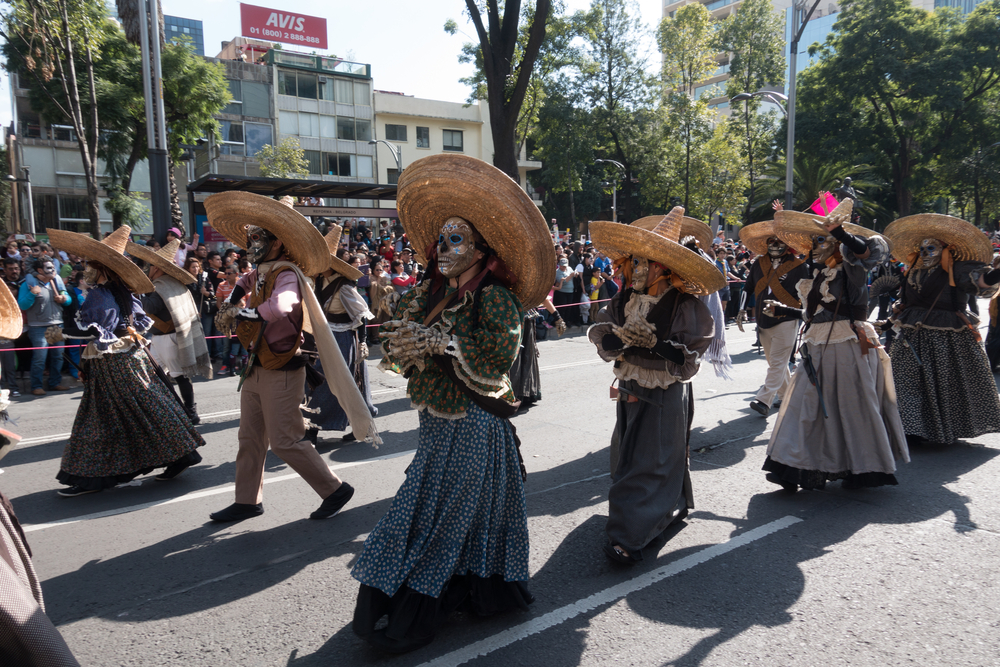
Día de los Muertos, or the Day of the Dead, is a deeply meaningful celebration observed in Mexico, particularly in regions like Oaxaca and Michoacán, and among many Latin American communities. This vibrant festival takes place on November 1 and 2, coinciding with All Saints’ Day and All Souls’ Day in the Catholic tradition. The celebration honors the deceased with elaborate altars (ofrendas) that are decorated with photographs, candles, marigolds, and offerings of food, drinks, and other items the departed cherished. Families gather in cemeteries and homes, sharing memories, telling stories, and welcoming the spirits of the dead, whom they believe return to enjoy the offerings prepared for them.
The timing of Día de los Muertos aligns with the harvest season and the turning of the year. As the fall season begins to cool and nature begins to rest, the festival provides an opportunity to reflect on life and death, allowing for a deeper connection to the spiritual world. The festival is filled with joy, color, and music rather than sadness or mourning, turning the act of remembering into a celebration of life. The return of the spirits is marked with joy and reverence, and the traditions passed down through generations allow the community to honor their ancestors while keeping their memories alive.
Oktoberfest (Munich, Germany)

Oktoberfest in Munich is the world’s largest folk festival and a major cultural event in Germany, attracting millions of visitors every year. Held from late September to the first weekend in October, this lively celebration began in 1810 to commemorate the wedding of Crown Prince Ludwig and Princess Therese of Saxe-Hildburghausen. Over the years, it evolved from a royal event into a festival celebrating Bavarian culture, featuring beer tents, folk music, traditional Bavarian food, and carnival rides. The festival is famous for its long beer gardens, where visitors enjoy a variety of German brews, hearty food, and music in a festive, communal setting.
The timing of Oktoberfest coincides with the harvest season and the beginning of the cooler fall weather. This makes it a perfect time for communities to gather and celebrate the completion of the summer’s harvest and to enjoy the fruits of the season. The event is not only a celebration of beer but also of Bavarian culture, food, and music, highlighting the region’s unique traditions. The festival’s parades and traditional costumes further emphasize the deep connection between the people of Munich and their cultural heritage, making it a joyful celebration of both history and community.
Tsukimi (Japan)
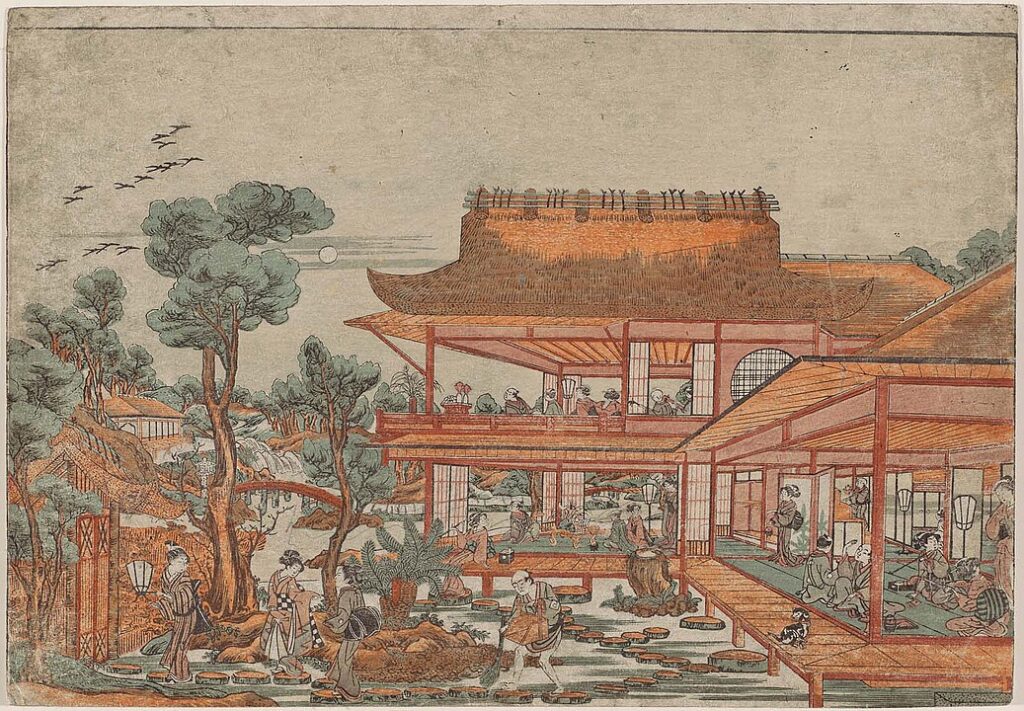
Tsukimi, or moon viewing, is a traditional Japanese festival that celebrates the beauty of the full moon in autumn. Typically held in mid‑September to early October, Tsukimi involves gathering with family and friends to appreciate the moon’s beauty, which is at its brightest and most full during this time of year. People decorate their homes with pampas grass, offer seasonal foods such as sweet potatoes and chestnuts, and enjoy rice dumplings called tsukimi dango while gazing at the moon. The festival has roots in Heian-era court practices, where aristocrats would gather to compose poetry and celebrate the harvest moon.
Tsukimi is a quiet, reflective festival that encourages people to pause and admire the natural world. As autumn brings cooler weather and the days grow shorter, this celebration serves as a reminder of the passing seasons and the cyclical nature of life. The act of offering food to the moon, as well as sharing it with loved ones, symbolizes gratitude for the harvest and the beauty of the natural world. The festival’s timing allows for contemplation and connection, offering a moment to slow down and reflect on the changing of the seasons.
Diwali (India and Diaspora)
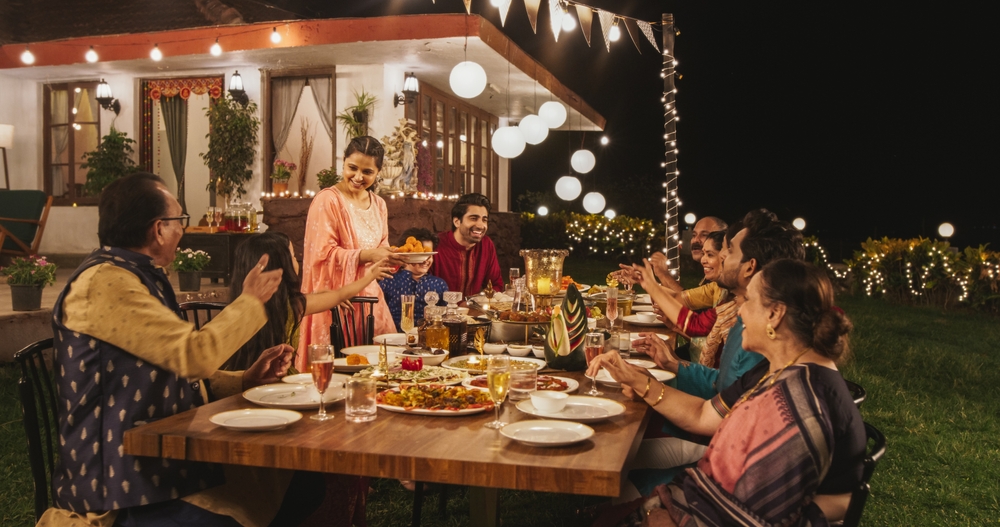
Diwali, known as the Festival of Lights, is one of the most important celebrations in India and among Indian communities worldwide. Taking place in October or November, this festival marks the victory of light over darkness and good over evil. People celebrate Diwali by decorating their homes with oil lamps (diyas) and candles, creating rangoli patterns, and bursting fireworks. The celebration also includes family gatherings, exchanging gifts, and feasting on sweets and traditional foods. The festival is rooted in Hindu mythology, commemorating Lord Rama’s return to Ayodhya after his exile and the triumph over the demon king Ravana.
Diwali occurs during the fall, a time when days become shorter and the nights grow longer, making the festival’s emphasis on light particularly meaningful. The festival offers a chance for renewal and reflection, symbolizing the triumph of good and the dispelling of ignorance. It is also a time to clean and decorate homes, to forgive past grievances, and to strengthen bonds with loved ones. As a celebration that spans multiple days, Diwali is both a religious and social occasion, allowing communities to come together and celebrate the harvest, family, and the light in their lives.
Wine & Grape Harvest Festivals (Europe)
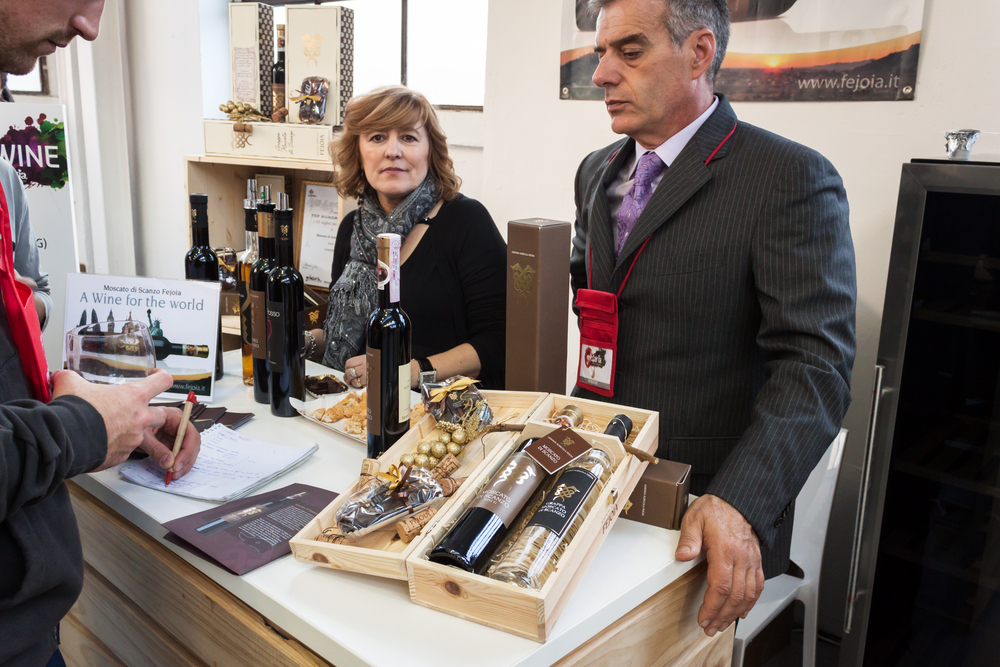
Across Europe, from France and Italy to Germany and Austria, the fall season is marked by wine and grape harvest festivals, celebrating the region’s rich winemaking traditions. In cities and villages throughout wine-producing areas, such as Bordeaux, Tuscany, and the Rhine Valley, communities come together for parades, tastings, and feasts to celebrate the completion of the grape harvest. Traditional music, folk dancing, and the art of wine-making are showcased, with visitors invited to stomp grapes, tour vineyards, and sample the new wine. These festivals honor not only the workers who harvest the grapes but also the history and craftsmanship that go into making wine.
The harvest festival is a way to give thanks for the fruits of the vine, marking a time when the hard work of vineyard workers pays off and the new wine is ready for consumption. It coincides with the crisp, cooler weather of autumn, making it a perfect time for outdoor celebrations that highlight the community’s connection to the land. The festivals also offer a chance to experience the joy of a bountiful harvest and learn about the ancient traditions that have shaped local cultures for centuries.
Sukkot (Israel and Jewish Communities Worldwide)
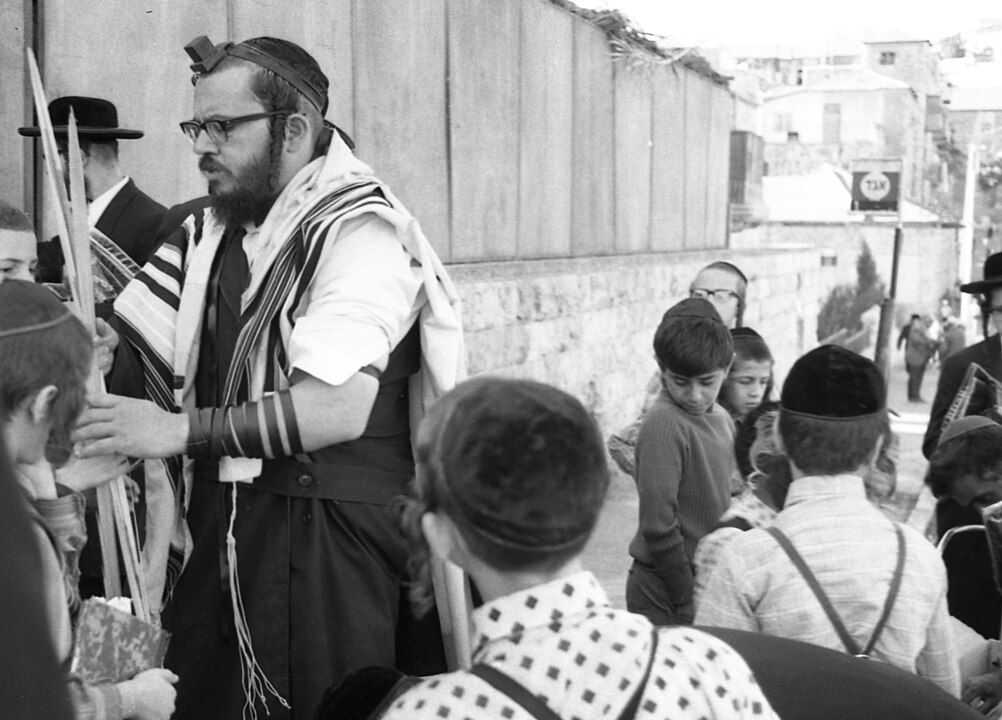
Sukkot is a joyful Jewish festival that takes place in the fall, typically in late September or October. It commemorates the Israelites’ 40 years of wandering in the desert after their exodus from Egypt, and the festival is marked by the building of temporary shelters called sukkahs. Families eat their meals in the sukkah, inviting guests and often sharing festive foods such as challah, stuffed foods, and seasonal fruits. The four species, palm fronds, myrtle, willow, and citron, are also used in rituals during the holiday, symbolizing the unity of the Jewish people.
Sukkot happens at the time of the harvest, symbolizing the completion of the agricultural cycle and a time to give thanks for the bounty of the earth. The temporary huts remind people of the fragility and impermanence of life, encouraging them to be humble and thankful. As the fall brings cooler weather, the festival serves as both a spiritual reflection and a joyous celebration, with gatherings of family and friends. It is a time for renewal, as people gather to reflect on their blessings and seek unity in their community.
Loi Krathong & Yi Peng (Thailand)
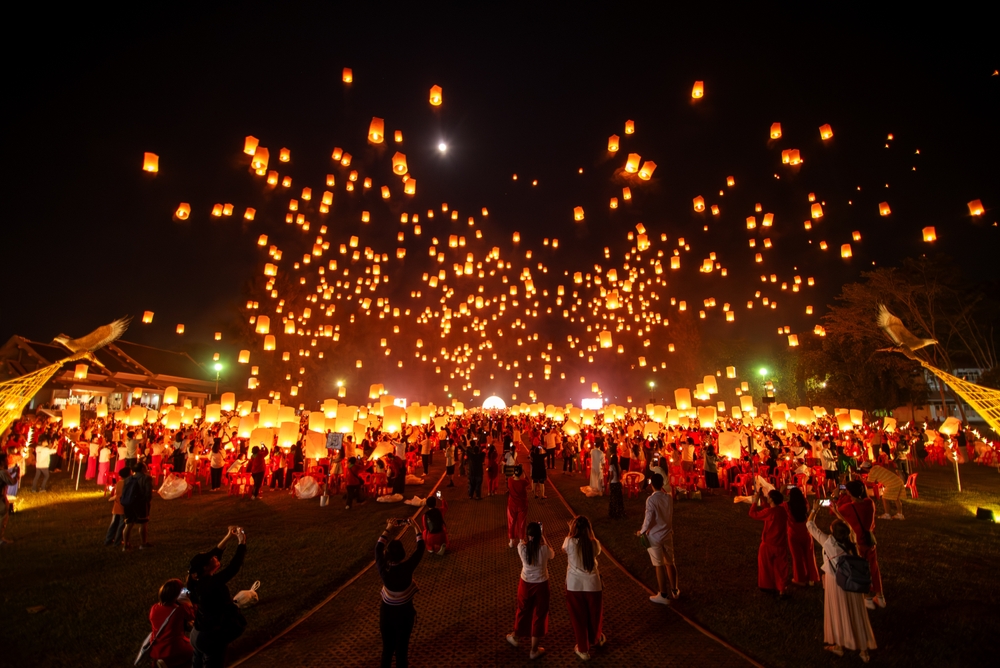
Loi Krathong and Yi Peng are two festivals that occur simultaneously in Thailand, typically in November, and celebrate the beauty of light and water. During Loi Krathong, people release decorated boats (krathongs) made from banana leaves, candles, and incense onto rivers, lakes, and canals, symbolizing the letting go of misfortune and honoring the water goddess. Yi Peng, celebrated mainly in Chiang Mai, features the release of thousands of glowing lanterns into the night sky, creating a breathtaking scene of floating lights. Both festivals are a way to connect with nature, ask for forgiveness for past wrongdoings, and bring in good fortune for the coming year.
The timing of these festivals corresponds with the end of the rainy season and the arrival of cooler, drier weather in Thailand. The release of lanterns and krathongs marks a symbolic cleansing of the past and a renewal of one’s spirit. As the water levels recede and the skies clear, the festivals’ lights, both in the water and in the sky, symbolize the hope for peace and prosperity. The beauty of these celebrations, combined with their spiritual and communal significance, makes them a perfect way to close the year and transition into the quieter months ahead.
Montmartre Grape Harvest Festival (Paris, France)

In the heart of Paris, the Montmartre Grape Harvest Festival (Fête des Vendanges) celebrates the last remaining vineyard in the city. Held in early October, this festival has its roots in the 1930s and serves as both a homage to the neighborhood’s winemaking history and a modern celebration of the harvest. The festival features parades, wine tastings, concerts, folk dancing, and plenty of food. The focal point of the event is the grape harvest, which is done by both locals and visitors, offering a unique opportunity to participate in an age-old tradition in one of the world’s most iconic cities.
This celebration takes place at the tail end of the grape harvest, as the Montmartre vineyard prepares its wines for the upcoming season. With the cool air of autumn settling over the city, the event provides an opportunity for Parisians and visitors alike to come together, enjoy local food and wine, and reflect on the neighborhood’s history. Despite being in the heart of a bustling metropolis, the Montmartre Grape Harvest Festival brings the rural tradition of winemaking to life, offering a unique mix of culture, history, and community.
Hungry Ghost Festival / Yulan Festival
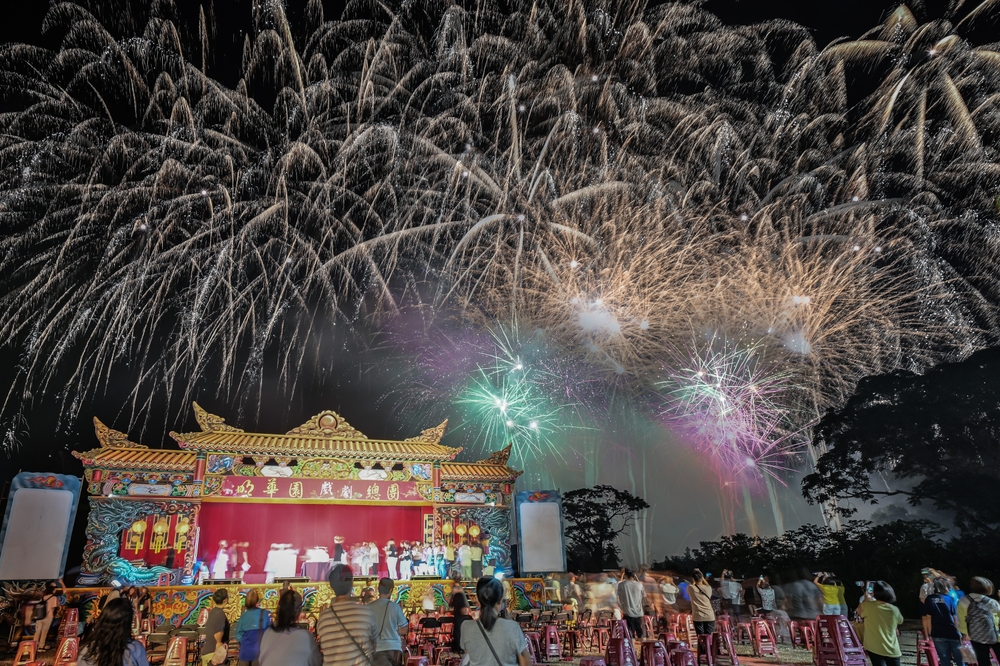
The Hungry Ghost Festival, or Yulan Festival, takes place in late summer or early fall, typically in August or September, and is celebrated across many parts of China, Taiwan, and Southeast Asia. The festival is rooted in Buddhist and Taoist traditions and involves honoring spirits of the deceased, who are believed to return to the living world during this time. Families make offerings of food, burn incense, and perform rituals to appease wandering spirits and ensure that they do not cause harm. In some areas, people set out elaborate feasts and make offerings at temples, while others set up tables with food outside their homes to appease hungry spirits.
The timing of the Hungry Ghost Festival is linked to the lunar calendar, which places it in the summer or fall months when the spirits are said to be most active. This festival reflects the belief that the boundaries between the living and the dead are porous at this time of year, and it offers a way for people to honor their ancestors and ask for blessings. It also serves as a reminder to take care of the spirits of the deceased, and the offerings are a way to maintain balance between the spiritual and material worlds.
This article originally appeared on Avocadu.
